4-Biphenylol
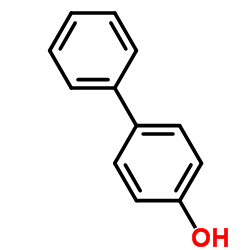
4-Biphenylol structure
|
Common Name | 4-Biphenylol | ||
|---|---|---|---|---|
| CAS Number | 92-69-3 | Molecular Weight | 170.207 | |
| Density | 1.1±0.1 g/cm3 | Boiling Point | 306.4±11.0 °C at 760 mmHg | |
| Molecular Formula | C12H10O | Melting Point | 164-166 °C(lit.) | |
| MSDS | Chinese USA | Flash Point | 165.6±0.0 °C | |
| Symbol |


GHS07, GHS09 |
Signal Word | Warning | |
| Name | biphenyl-4-ol |
|---|---|
| Synonym | More Synonyms |
| Density | 1.1±0.1 g/cm3 |
|---|---|
| Boiling Point | 306.4±11.0 °C at 760 mmHg |
| Melting Point | 164-166 °C(lit.) |
| Molecular Formula | C12H10O |
| Molecular Weight | 170.207 |
| Flash Point | 165.6±0.0 °C |
| Exact Mass | 170.073166 |
| PSA | 20.23000 |
| LogP | 3.20 |
| Vapour Pressure | 0.0±0.7 mmHg at 25°C |
| Index of Refraction | 1.605 |
| InChIKey | YXVFYQXJAXKLAK-UHFFFAOYSA-N |
| SMILES | Oc1ccc(-c2ccccc2)cc1 |
| Stability | Stable. Incompatible with strong oxidizing agents, strong bases, halogens. Combustible. |
| Water Solubility | 0.7 g/L (20 ºC) |
CHEMICAL IDENTIFICATION
HEALTH HAZARD DATAACUTE TOXICITY DATA
|
| Symbol |


GHS07, GHS09 |
|---|---|
| Signal Word | Warning |
| Hazard Statements | H315-H411 |
| Precautionary Statements | P273 |
| Personal Protective Equipment | dust mask type N95 (US);Eyeshields;Gloves |
| Hazard Codes | Xi:Irritant;N:Dangerousfortheenvironment; |
| Risk Phrases | R38;R51/53 |
| Safety Phrases | S26-S36/37-S61-S36 |
| RIDADR | UN3077 |
| WGK Germany | 2 |
| RTECS | DV5850000 |
| Packaging Group | III |
| Hazard Class | 9 |
| HS Code | 29071900 |
| Precursor 10 | |
|---|---|
| DownStream 10 | |
| HS Code | 2907199090 |
|---|---|
| Summary | 2907199090 other monophenols VAT:17.0% Tax rebate rate:9.0% Supervision conditions:none MFN tariff:5.5% General tariff:30.0% |
|
Impact of induced fit on ligand binding to the androgen receptor: a multidimensional QSAR study to predict endocrine-disrupting effects of environmental chemicals.
J. Med. Chem. 48 , 5666-74, (2005) We investigated the influence of induced fit of the androgen receptor binding pocket on free energies of ligand binding. On the basis of a novel alignment procedure using flexible docking, molecular d... |
|
|
Predicting human serum albumin affinity of interleukin-8 (CXCL8) inhibitors by 3D-QSPR approach.
J. Med. Chem. 48 , 2469-79, (2005) A novel class of 2-(R)-phenylpropionamides has been recently reported to inhibit in vitro and in vivo interleukin-8 (CXCL8)-induced biological activities. These CXCL8 inhibitors are derivatives of phe... |
|
|
Influences of exogenous probiotics and tea polyphenols on the production of three acids during the simulated colonic fermentation of maize resistant starch.
J. Food Sci. Technol. 52 , 5874-81, (2015) In the present study, influences of nine probiotics and tea polyphenols on the production of acetic, butyric, and lactic acid from simulated colonic fermentation of maize resistant starch (RS) were in... |
| P-PHENYLPHENOL |
| p-hydroxybiphenyl |
| 1, 4-PHENYLPHENOL |
| 4-Biphenylol |
| [1,1'-Biphenyl]-4-ol |
| Hydroxy diphenyl |
| tetrosinp300 |
| 4-PHENYLPHENOL/BIPHENYL-4-OL/4-HYDROXYBIPHENYL |
| PARAXENOL |
| 4-PHENYL PHENOL |
| Tetrasin P 300 |
| 4-hydroxy-1,1'-biphenyl |
| MFCD00002347 |
| P-HYDROXYDIPHENYL |
| 4-HYDROXY BIPHENYL |
| 4-HYDROXY DIPHENYL |
| 4-DIHYDROXYBIPHENYL |
| 4-Diphenylol |
| 4-HYDROXYDIPHENYL |
| 4-hydroxybiphenyl |
| 2-DIPHENYLOL |
| p-Biphenylol |
| Biphenyl-4-ol |
| 4-Phenylphenol |
| 4-HYDROXYBIPHENYL(P-PHENYLPHENOL) |
| BIPHENYL-4-OL FOR SYNTHESIS |
| QR DR |
| EINECS 202-179-2 |
| 4-HYDROXYBIPHENYL (4-PHENYLPHENOL) |
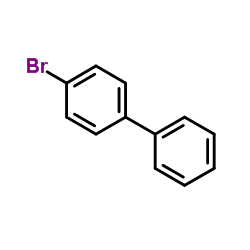 CAS#:92-66-0
CAS#:92-66-0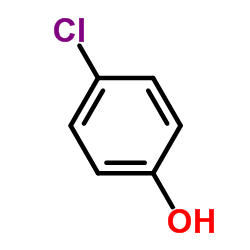 CAS#:106-48-9
CAS#:106-48-9 CAS#:98-80-6
CAS#:98-80-6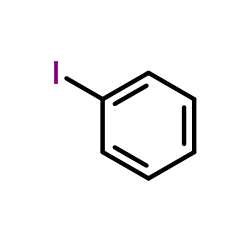 CAS#:591-50-4
CAS#:591-50-4 CAS#:71597-85-8
CAS#:71597-85-8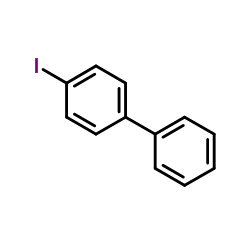 CAS#:1591-31-7
CAS#:1591-31-7 CAS#:613-37-6
CAS#:613-37-6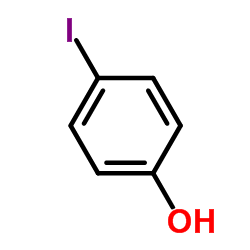 CAS#:540-38-5
CAS#:540-38-5 CAS#:106-41-2
CAS#:106-41-2 CAS#:84954-30-3
CAS#:84954-30-3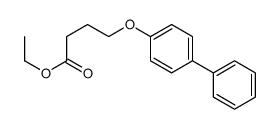 CAS#:106970-47-2
CAS#:106970-47-2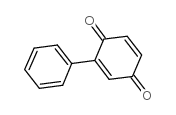 CAS#:363-03-1
CAS#:363-03-1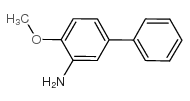 CAS#:39811-17-1
CAS#:39811-17-1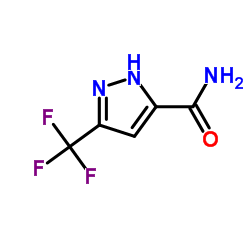 CAS#:37909-95-8
CAS#:37909-95-8![Propanoic acid,2-([1,1'-biphenyl]-4-yloxy)- structure](https://image.chemsrc.com/caspic/219/5555-13-5.png) CAS#:5555-13-5
CAS#:5555-13-5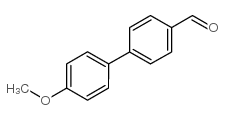 CAS#:52988-34-8
CAS#:52988-34-8 CAS#:92-88-6
CAS#:92-88-6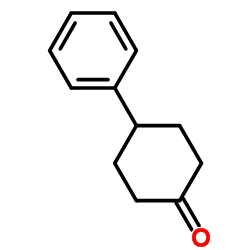 CAS#:4894-75-1
CAS#:4894-75-1 CAS#:19070-95-2
CAS#:19070-95-2
